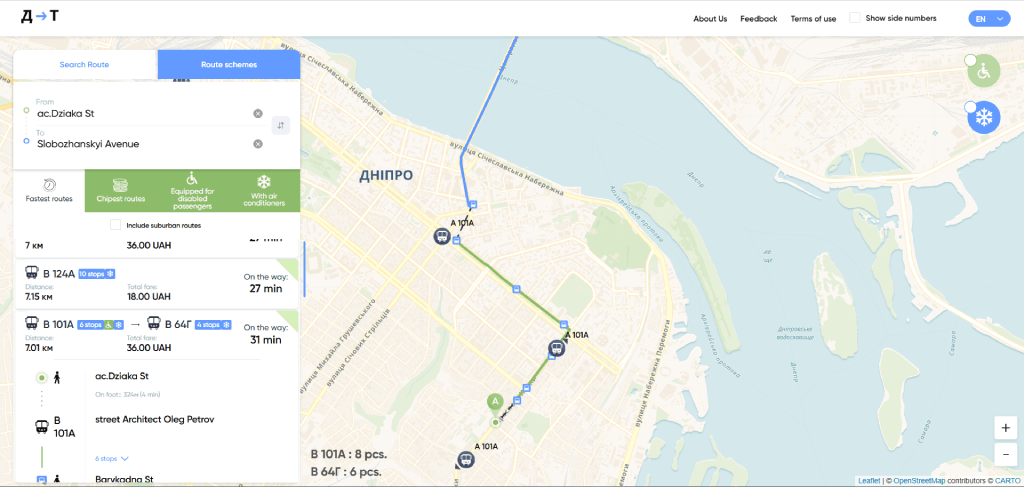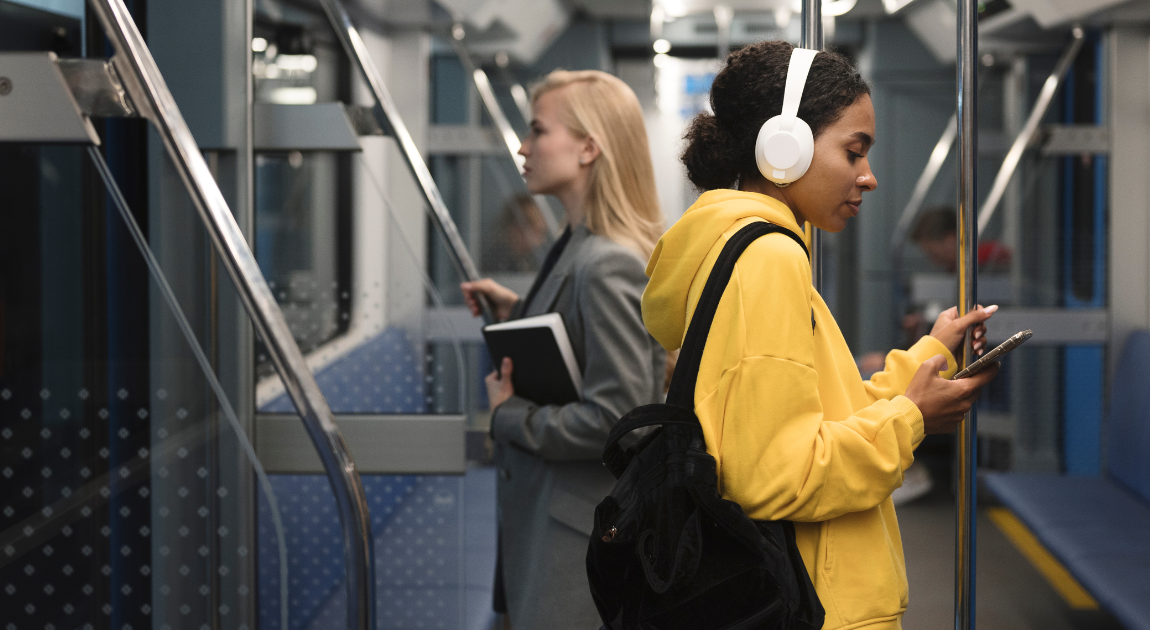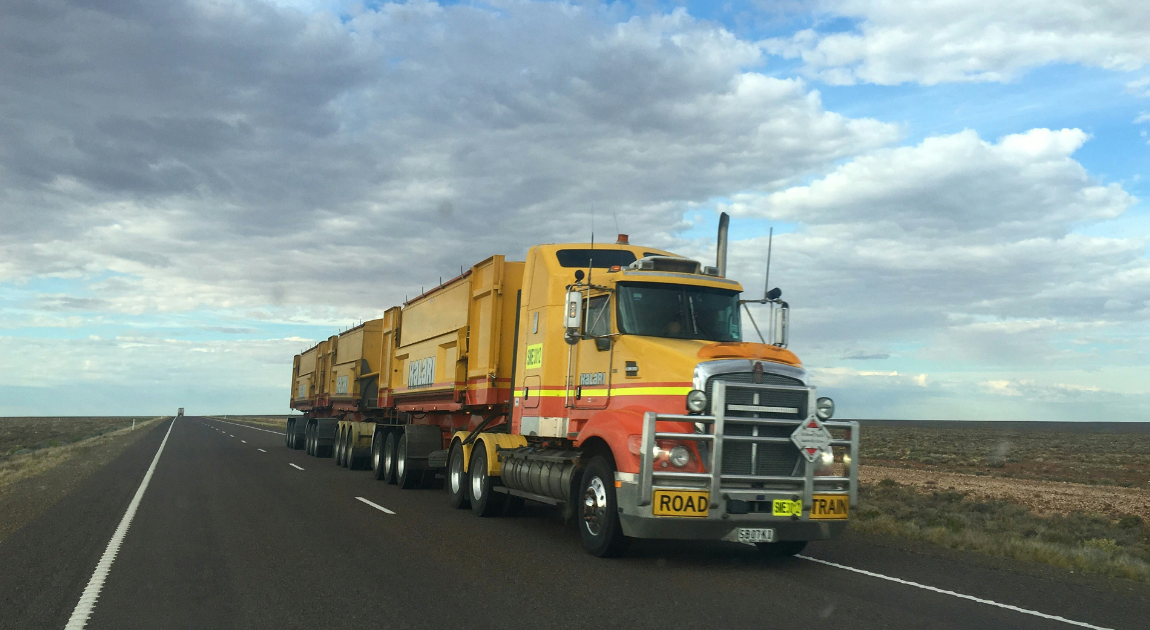Public transportation systems are one of the signs of civilization as we know it – but they are also very diverse, and yet prone to some common problems. At the same time, public transport influences not just the community budgets directly, but in various oblique ways, like putting more or less of a strain on certain streets and driveways, making some areas more or less coveted for location-dependent businesses, and even influencing the housing prices in entire neighborhoods, which, in turn, can shift the socioeconomic conditions within a city. Public transportation management software can help solve some problems, and mitigate the effects of others. In this article, we provide a brief guide into this type of systems, as well as some practical advice based on our own experience.
The challenges of public transportation
Public transportation is, of course, a vast area of activity in any country; plus, the details of how it’s implemented vary greatly from place to place. Which, in turn, means it’s guaranteed to present challenges wherever you go. However, there are some major problems that are almost universal and might warrant technological solutions.
First of all, it’s the declining ridership. People are simply not using public transportation enough at some times for it to yield ROI – and when they do at other times, it poses a strain on resources. For example, between 2012 and 2018, bus ridership in the United States declined by 15%, and rail ridership decreased by 3%, and that was before the pandemic. Although there has been some recovery, ridership levels in many areas remain below pre-COVID figures. For instance, in 2024, San Francisco’s BART system reported station usage declines ranging from 66% to 72% compared to 2019.
Now, this inevitably impacts fare revenues, which means a transit agency will have to deal with resource constraints should the demand ever come back. Going back to our San Francisco example, their Muni system, despite experiencing a surge in ridership to nearly pre-pandemic levels with average daily boardings of 486,000 on weekdays in 2024, faces a $50 million budget shortfall. This financial strain has necessitated service cuts, including reductions on key routes.
Plus, shortages of operators and mechanics are commonplace, and the service cuts don’t help, either. In England, for example, deprived areas experienced a tenfold reduction in bus travel distance per person compared to more affluent regions, leading to increased reliance on personal vehicles and associated environmental impacts.
Finally, there are always concerns of safety, fare evasion, and regulatory compliance. But can software help here? It turns out, in some cases, it can help deal with the problem itself, while in others, it can help mitigate the effects.
What is public transportation management software?
Public transport management software is an umbrella term for platforms that comprise various digital tools to enhance the efficiency of public transportation systems. We’ll talk about the features a bit later, but the most common functionalities include route planning, scheduling, real-time tracking, fare collection, and passenger information. In this way, public transport software has both a manager-facing and a customer-facing side , one working to achieve ROI, the other to raise CX.
The market for public transportation software has experienced notable growth in recent years. In 2024, it was valued at approximately USD 191.18 million and is projected to reach USD 207.04 million in 2025. Looking ahead, the market is expected to expand to USD 391.83 million by 2033, reflecting a compound annual growth rate (CAGR) of 8.3% from 2025 to 2033. Particularly this has been spurred by growing urbanization, where some cities simply need a more efficient infrastructure, and some are already at the environmentally conscious stage.
Main types of public transport management software
There is also no single holistic public transport management system, although it can be created to cater to the needs of some specific type of setting. The main categories include the following.
#1 Fleet Management software
This category has a long story of being used in logistics, only now it’s also applied to public transport. Modern solutions have sets of features inherited from the cargo fleet management paradigm, like real-time tracking, predictive maintenance alerts, and fuel efficiency analysis. According to a 2024 report by MarketsandMarkets, the global fleet management market is expected to reach $52.4 billion by 2027, growing at a CAGR of 11.3%. This reflects the increasing adoption of fleet optimization tools to reduce operational costs and enhance reliability.
#2 Scheduling and dispatch + route planning software
This type of software assists in planning routes, assigning vehicles, and managing driver shifts. AI-powered scheduling solutions can dynamically adjust to traffic conditions and passenger demand, minimizing delays. A 2023 survey found that real-time scheduling reduced average wait times by 20% in major metropolitan areas.

A screenshot from D-Transport, a public transport management platform developed by Lionwood.software to accommodate the needs of Dnipro, a city in central Ukraine with a population of roughly 950,000 at the time (2019-2022). Learn more
#3 Ticketing and fare collection systems
Since payment methods vary greatly, it is important to unify fare collection methods under a single hood, from contactless payments to mobile ticketing. The global automated fare collection market is projected to reach $17.4 billion by 2030, as cities transition to cashless and RFID-based payment solutions. These systems improve transaction speed and reduce fare evasion.
#4 Passenger information
Perhaps the pinnacle of CX in modern urban transportation, real-time updates to commuters are commonly met with a lot of enthusiasm in diverse communities. These systems display arrival times, route changes, and service disruptions. Studies show that 60% of urban commuters prefer transit services with live tracking and mobile notifications.
Top features
The list of possible features of public transportation management platforms is quite extensive, since different communities and transit agencies often have vastly different requirements – for some, optimizing operations, for some, attracting more passengers, for some, aligning the different types of public transport into one network or reducing traffic issues. Here are the most popular functionalities.
Real-time fleet tracking
This GPS-based feature is important for both the agency-facing and the rider-facing side of the system, allowing to monitor the current location of buses, trains, trams, and the like. On the one hand, it helps improve scheduling accuracy and respond to delays, on the other, it can also be made into a great app for riders. For instance, New York City’s MTA uses GPS tracking to update passengers on expected arrival times, reducing uncertainty and improving overall satisfaction.
See how a project implemented by Lionwood.software allowed to increase public transport usability in various Ukrainian urban areas.
Automated scheduling and route optimization
Scheduling enables agencies to save a lot of resources by having vehicles run at the right frequency, while also reducing overcrowding and wait times. This is also where AI can now be plugged in quite efficiently to analyze traffic, demand, and weather data. Optimizing bus schedules can, in turn, lead to a 10–15% reduction in operational costs.
Smart ticketing and fare collection
Public transport is intrinsically linked to a need for fast procedures, and payment is one of them. Smart ticketing systems support contactless payments, mobile wallets, and QR codes, reducing the need for cash transactions. Cities like London (Oyster card) and New York (OMNY system) have seen significant adoption of digital payments, leading to faster boarding times and reduced fare evasion.
Passenger Information Systems (PIS)
Real-time passenger information is crucial for providing arrival updates, service disruptions, and route suggestions. Public transport apps like Moovit and Transit integrate with management software to deliver live updates via mobile apps, digital signage, and voice announcements. Studies show that real-time passenger updates can increase ridership by 5–10%, as commuters are more likely to use reliable services.
Predictive maintenance
Preventive maintenance can reduce vehicle downtime and repair costs. AI-driven maintenance tools analyze historical data to predict failures before they happen. For example, the Los Angeles Metro uses predictive maintenance software to monitor bus engines, reducing breakdowns by 25% and extending vehicle lifespan.
Data analytics + reporting At a certain point, a transit agency will need big data, if only to track fuel consumption and optimize routes (in reality, though, things like ridership trends also matter for long-term efficiency). At this point, data analytics systems are developed enough to allow that. For example, San Francisco’s BART system uses ridership data to adjust train schedules dynamically, improving efficiency.
Incident management and safety monitoring
Safety is becoming more and more important in public transportation, so the software industry responds by introducing features like surveillance feeds, emergency alerts, and driver behavior monitoring. Notably, in Singapore, their AI-powered MRT system works to detect erratic driving to reduce accident risks.
Benefits of public transportation management software
The actual benefits of public transport software largely depend on what kind of system is used. The volume of data proving these benefits rises with each year, but is mostly available in what concerns large urban agglomerations. However, the most important and universally recognized benefits include:
- Better operational efficiency. With automatic scheduling, route optimization and fleet tracking, transit agencies can maximize vehicle utilization to squeeze more value out of the limited vehicle fleet. For example, AI-driven route planning can reduce fuel consumption by 10–20%, cutting costs and lowering emissions.
- Enhanced passenger experience. Real-time updates on arrival times, service changes, and delays help commuters plan their trips better. Research shows that reliable information can increase public transport usage by 5–10%. Contactless payments and mobile ticketing further streamline the passenger experience, reducing wait times and making boarding more convenient.
- Increased safety. For example, AI-driven monitoring can detect reckless driving behavior, reducing accidents by 15–25%. Data-driven decision making. Advanced analytics allow agencies to track ridership trends, adjust services to meet demand, and plan infrastructure expansions strategically.
- Data-driven decision making. Advanced analytics allow agencies to track ridership trends, adjust services to meet demand, and plan infrastructure expansions strategically.
How to implement custom public transport management solutions
So supposing your organization, governmental or privately owned, is interested in a custom public transport management solution, what data to keep in mind before defining its main set of features?
Apart from the obvious concerns (types of transport, terrain, and the like), the first factor that needs consideration is passengers’ behavior. Namely, demand and usage patterns. Analyze peak and off-peak travel times, most frequently used routes, and passenger demographics; this might be tricky at first, but over time, with smart cards (like ones used in London and NYC), it will become a routine.
Secondly, it’s a good idea to have that software align the riders’ needs with what fleet is in place. Having definitive data on the number of vehicles, fuel consumption, and maintenance schedules can help pinpoint some of the issues the software will need to solve.
It’s also a good idea to integrate real-time traffic data from GPS, IoT sensors, and historical congestion trends to develop efficient route-planning algorithms.
Finally, there’s the regulatory factor, with regulations influencing a lot in terms of what data the system should operate.
Conclusions
Public transportation is an essential part of urban life, but it faces growing challenges that demand innovative solutions. Declining ridership, budget constraints, safety concerns, and the need for sustainability all point to the necessity of smarter, data-driven transit systems.
Public transport management software offers a way forward by optimizing operations, improving passenger experience, and enabling transit agencies to make informed decisions.
If your organization is looking to implement a custom public transport management solution, our team of experienced developers can help you design and deploy a system tailored to your specific needs. Contact us today to explore how technology can transform your public transit operations.














